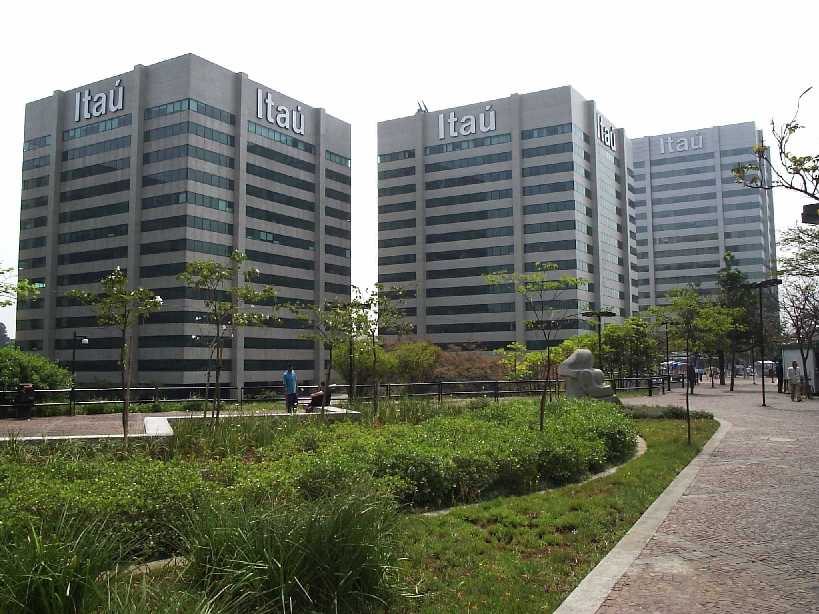RIO DE JANEIRO, BRAZIL – The Central Bank has adopted a correct stance in indicating that the treasury’s benchmark interest rate should be raised to a restrictive level in the face of inflation expectations above the target, says São Paulo-based Itaú Unibanco, the largest banking institution in Brazil.
In the bank’s evaluation, the Selic above the neutral level by approximately 1 point, i.e., between 7.5% and 8%, “seems consistent with the current deviation of the IPCA projections in relation to the target.”

However, the bank considers there is a “considerable chance” that the basic interest rate will need to rise beyond this level, “given that the inflationary risk remains high and that there is the possibility of the neutral interest rate being higher due to the fiscal risk premium.”
In an earlier report to Valor, Itaú shows studies on previous cycles and points out that in 2008, inflationary expectations reached 0.50 points above the target, while the Selic was up to 1.5 points above the neutral level.
In 2011, while the deviation of the IPCA from the target was between 0.50 points and 1 point, the Selic exceeded 2 points in relation to the neutral level. In the scenario from 2013 to 2015, when inflationary expectations deviated 1 to 2 points from the target, the Selic was 6 points above the equilibrium level.
“The deviation of inflation expectations from the target on the relevant horizon is now much lower than what we observed in the cycle from 2013 to 2015,” notes economist Julia Gottlieb, one of the authors of the report.
According to the professional, with the deviation seen now of inflation expectations in relation to the target, “placing the Selic 1 point above the neutral level seems consistent.” According to Itaú, the rate would thus be between 7.5% and 8%.
Gottlieb, however, points out that the bank sees upside risks for inflation that could put further pressure on expectations for the Selic ahead. The economist cites the continuation of the water crisis in 2022, the possibility that goods inflation will remain pressured, the chance of services inflation being more persistent than expectations, and fiscal risk.
“If we have measures to ease the ceiling that could have an impact on fiscal dynamics, this will be reflected in a higher neutral interest rate,” says Gottlieb. She points out that this is not Itaú’s baseline scenario but also reminds us that market prices already indicate a moderate risk of increasing the equilibrium interest rate. For example, she points to the NTN-B for August 2050, whose rate is around 5%.
“We haven’t changed our neutral interest rate projection, which continues to hover around 3% in real terms. This gives a neutral Selic of 6% to 6.5%, depending on the inflation target. When we look at asset prices, we have an idea of what the market is pricing,” says Gottlieb.
The economist says that “on the margin, we have seen that the risk of an increase in the equilibrium rate has risen a little.” For her, it will be necessary to observe if there will be a flexibilization of the spending cap and how this could impact the debt dynamics further ahead.
Other risks that show the inflationary scenario as asymmetric are presented by economist Júlia Passabom, who emphasizes the uncertainties caused by the water crisis. “It is a problem to be faced, and that has implications for next year’s IPCA,” she says.
Although the economist expects some normalization of the country’s water situation, she notes that if the crisis is prolonged, there may be an increase in the deviation of inflation projections from the target.
Regarding the prices of industrial goods, Passabom notes that there are still several bottlenecks in the industry and that Anfavea’s data on automobile sales, released yesterday, is in line with this view.
“Qualitatively, our expectation does not change, and we should see a disinflation in the tradables and goods part. The metallic commodities have shown that they have made a peak, and the exchange rate is going a little sideways,” says the economist.
The problem, according to Passabom, is that the disinflation of goods prices “may take a little longer to happen, since the sector still has many bottlenecks.” For her, although Itaú expects disinflation in this segment, this process may be delayed.
As for services inflation, the economist calls for attention due to inertial factors, and points out that there is the risk of price increases in this sector being more persistent. According to Itaú, “services inflation may remain under pressure for longer – even in a scenario of unemployment above neutral and pre-crisis levels.”

